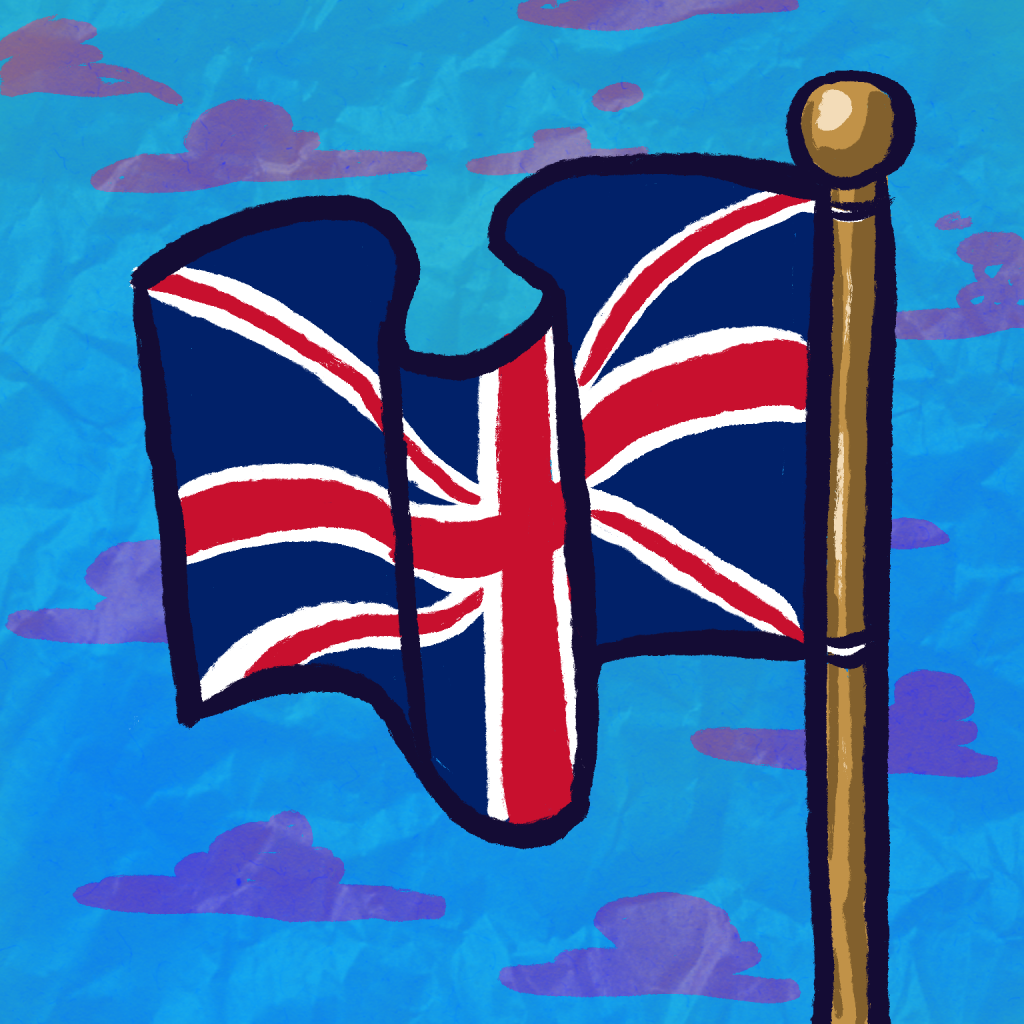Last month, staff and students at UNB’s own Harriet Irving Library released two new sets of Loyalist-era “story maps.” Consisting of twenty biographies in total, the multimedia project details the multifaceted lives of American exiles as they travelled to New Brunswick in the late 18th century. According to a press release offered by the HIL, “New Brunswick Loyalist Journeys recreates the stories of Loyalists of the American Revolution utilizing Geographic Information Systems (GIS) technology and the resources found within The Loyalist Collection and UNB Libraries.”
Potential highlights include the lives of Ann Mallard and Gabriel Johnson of Saint John County, the former a pioneering businesswoman and the latter an escaped slave-turned-mariner. Research undertaken in Kings County includes in-depth descriptions of the life of Mary “Polly” Diblee, a Connecticut native who came to New Brunswick in 1783. The section is well rounded in its scope and incorporates the stories of Richard Corankapoon and the Black Loyalists, a fleet of some 3500 free Black individuals who left the United States at the end of the Revolutionary War to settle in the Maritimes.
Corankapoon would later relocate to Sierra Leone and help found the city of Freetown, the nation’s capital.
The Black Loyalists arrived in Nova Scotia between 1783 and 1785. They were the largest group of people of African descent to come to Nova Scotia during any single wave of migration.
In 1775, disagreements erupted among citizens of the British North American colonies over the perceived domineering role that Great Britain played in the realms of taxation and politics. Colonists wanted influence over their own laws and taxes but had no representation in the British Parliament. The Americans therefore declared themselves independent of Britain when the two camps were unable to agree. Thus began The American Revolution.
Enslaved Africans who had been forcibly brought to the colonies found themselves caught amidst some of the more destructive elements of the war. When Lord Dunmore, Royal Governor of Virginia, lost control of that colony to The Hanover militia in the summer of 1775, the economy of Virginia was largely based on slave labour. Dunmore issued a proclamation known as Lord Dunmore’s Offer of Emancipation, stating that any slave or indentured person would be given their full freedom if they took up arms with the British. As a result, 2000 slaves and indentured persons joined the British forces. Later, other British supporters within the colonies followed suit and issued similar proclamations.
When the Americans won the war and the 1783 Treaty of Paris was signed, British forces and their supporters were forced to leave the newly founded United States. They gathered in New York, awaiting their evacuation. Sir Guy Carleton, the new British Commander-in-Chief, refused General George Washington’s demand for the return of enslaved Africans who had joined the British before late 1782. It was agreed upon that the Americans would receive monetary compensation instead.
The British-American Commission later identified Black individuals in New York who had joined the British before the surrender and issued their “certificates of freedom,” signed by General Birch and General Musgrave. Those who had to leave the country were evacuated by ship. To ensure that nobody fled the country without proper certification, the name of every Black person on board a vessel, whether enslaved, indentured, or free, was recorded, along with their details of enslavement, escape, and military service. The document became known as the Book of Negroes.
Between April and November 1783, 114 ships were inspected at the New York harbour. Over 3000 Black Loyalists were enrolled in the Book of Negroes, but it is estimated that as many as 5000 Black people left New York for Nova Scotia, the West Indies, Quebec, England, Germany, and Belgium.
The Black Loyalists were landed at Port Roseway (now Shelburne), Birchtown, Port Mouton, Annapolis Royal, Fort Cumberland, Halifax, and Saint John. In New Brunswick, settlements were located in Saint John and along the Saint John River.
The British had promised free land and rations for three years to the Black Loyalists. A family was supposed to receive 100 acres for each head of household and 50 acres for each member of the family. Each military officer was to receive 1000 acres; a private was to receive 100 acres. The British never followed through.
Out of 649 Black Loyalists, only 187 received land. Those who served in the Black Pioneer militia companies received very little land and in many cases none at all.
Life in New Brunswick was difficult for many of the Black émigrés. Poverty, epidemics and general suffering were widespread among the Black Loyalists. Canada’s harsh winters, sickness, and lack of nutritious food killed many.
Accounts collected from the Black Loyalists tell of their difficulties in transitioning to the New Brunswick climate.
Sources:




